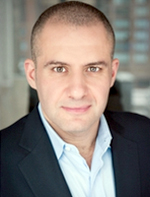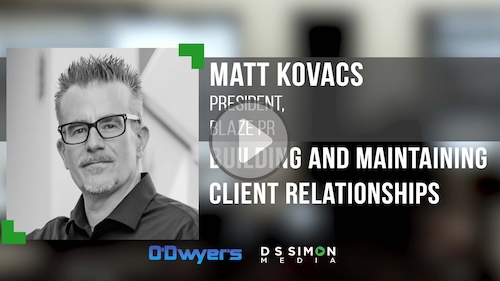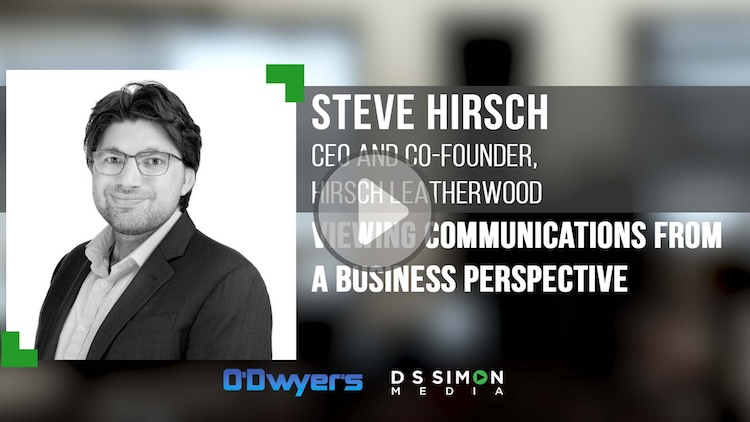 Ronn Torossian Ronn Torossian |
Bernays jokingly said “Hitler wanted me to create a campaign for the German train system. Apparently, he did not know that I’m Jewish.” Though Bernays is considered the father of PR, many of his beliefs and the ideas he used in representing clients came from the application of theories espoused by his famous uncle.
Dr. Otto Lerbinger, chairman of the school of public relations at Boston University, said Bernays “always came up with a different angle.” Those different angles kept clients coming to him, not always because of what he could do for them, but to keep him away from helping their competitors.
Bernays was hired by the War Department to work the campaign to fund the war through the purchase of War Bonds. He initiated many of the government’s military recruitment efforts and created some of the era’s most famous propaganda posters.
In 1928, during the days of silent movies, he created a PR campaign for Dodge allowing the public to hear what both Charlie Chaplin and Gloria Swanson really sounded like as they did a radio commercial. Bernays said, “No one had ever heard Chaplin’s voice before.” But they did during the Dodge Hour on radio.
Though he was born in Vienna, he immigrated to the U.S. where he soon met and married Doris Fleischman. Though she kept her maiden name, they formed a PR company together and lived and worked as partners until her death in 1980. From there, the industry grew. Their firm remained one of the top firms for years, and Bernays lived to see the industry he’d jumpstarted become a multi-billion-dollar field.
Public opinion was barely a theory when Bernays began his efforts. He referred to the concept as “the American tribal consciousness,” and much of what he did after that came about because he believed that tribal consciousness could be molded and focused.
Bernays had a hand in many successful campaigns, but there was at least one he later regretted: challenging the societal taboo against public smoking by women. Hired by cigarette companies to reach a female audience and break barriers related to women smoking, he focused the PR campaign on women’s rights, calling it “Torches for Freedom.” In 1929 he convinced debutantes, models and actresses across the country to march at an appointed time in places like Boston, New York and San Francisco, lighting their “torches.”
Bernays died in 1995. Always mindful of the generation gap, in his last years he famously stated: “When you consider that by the year 2040, up to 40 percent of the nation’s population will be over 65, that’s a problem.”
***
Ronn Torossian is CEO of one of America’s leading PR Firms, 5W Public Relations.










 Have a comment? Send it to
Have a comment? Send it to 
No comments have been submitted for this story yet.